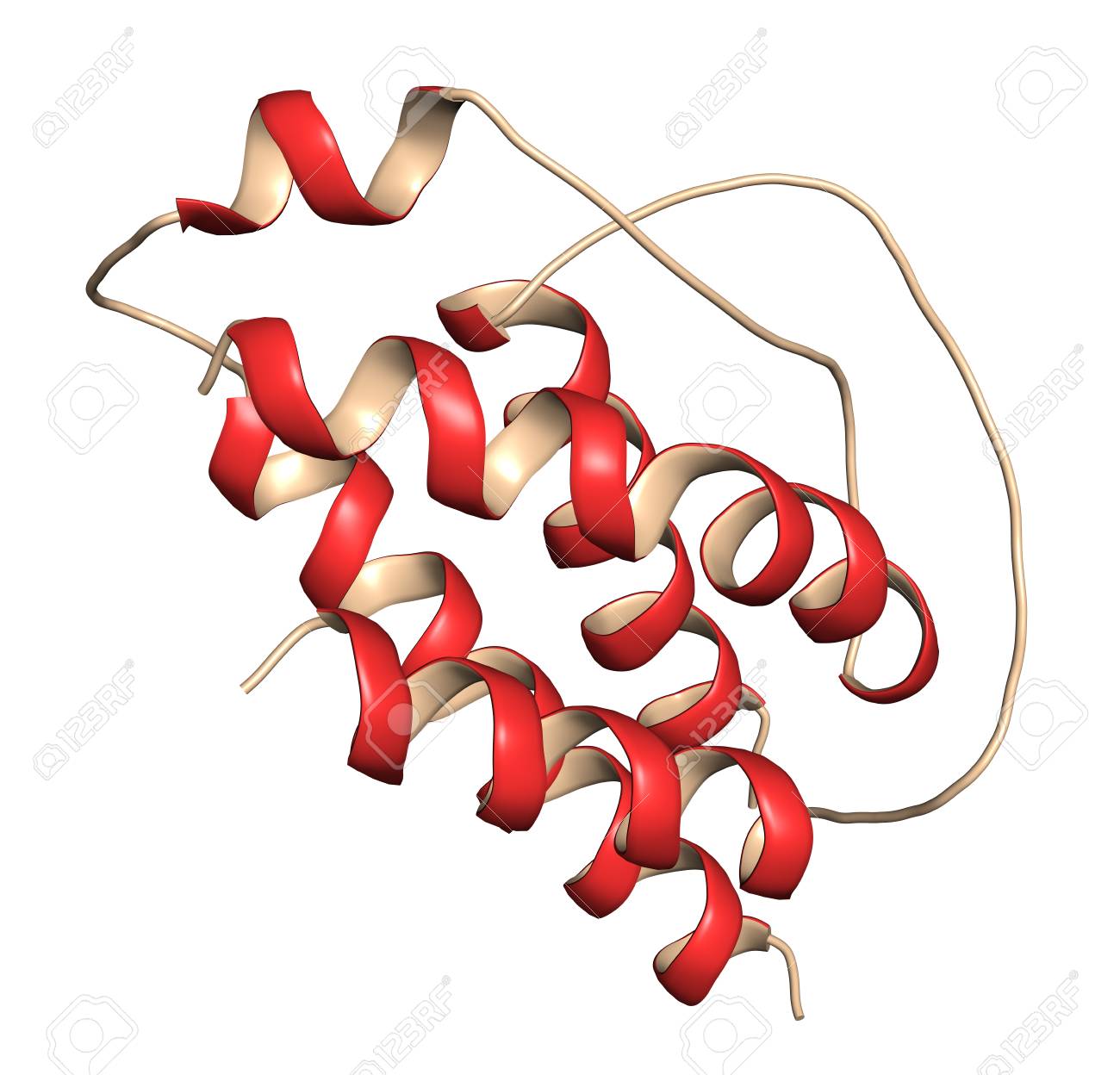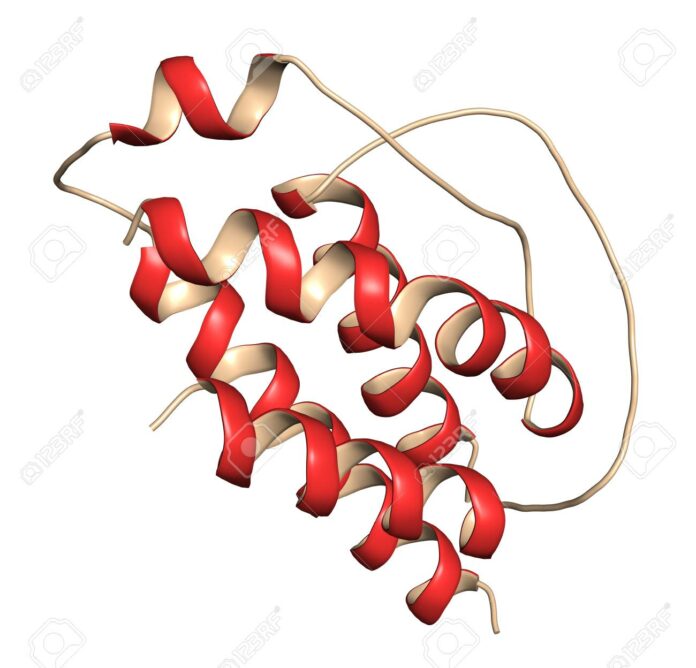In the realm of cancer therapy, researchers continually seek innovative approaches to combat this formidable disease. Among the groundbreaking developments in recent years is the utilization of interleukin-2 (IL-2) as a therapeutic agent in human immunotherapy.
IL-2, once primarily recognized for its role in regulating immune responses, has now emerged as a promising tool in the fight against cancer.
The journey of IL-2 in cancer treatment began with its discovery in the late 1970s. Initially, scientists identified IL-2 as a key player in immune regulation, particularly in the proliferation and activation of T lymphocytes, also known as T cells, which play a crucial role in the body’s defense against pathogens and malignant cells.
This pivotal role in immune function sparked interest in exploring IL-2’s potential therapeutic applications.
One of the first breakthroughs in utilizing IL-2 as a cancer treatment came in the 1980s when researchers observed its ability to stimulate the expansion and activation of cytotoxic T cells and natural killer (NK) cells, both of which are essential components of the immune system‘s anti-tumor response.
This finding laid the foundation for further investigations into IL-2’s efficacy in cancer immunotherapy.
Clinical trials conducted in the following decades provided valuable insights into IL-2’s potential as a cancer treatment. These trials focused primarily on metastatic melanoma and renal cell carcinoma, two malignancies known for their resistance to conventional therapies.
The results were promising, with a subset of patients demonstrating durable responses to IL-2 therapy, including complete and partial tumor regression.

However, despite its efficacy in certain patients, IL-2 therapy was associated with significant toxicities, including vascular leak syndrome and cytokine release syndrome, which limited its widespread adoption. Researchers recognized the need to refine IL-2-based treatments to maximize efficacy while minimizing adverse effects.
Recent advancements in biotechnology and immunotherapy have led to the development of novel IL-2-based therapies designed to enhance its therapeutic potential and safety profile. One such approach involves the engineering of IL-2 variants with improved pharmacokinetic properties and reduced toxicity.
These modified IL-2 molecules selectively target immune cells expressing specific receptors, thereby minimizing off-target effects while maximizing anti-tumor activity.
Furthermore, researchers are exploring combination therapies that leverage the synergistic effects of IL-2 with other immunomodulatory agents, such as checkpoint inhibitors and adoptive cell therapies.
By combining multiple modalities, clinicians aim to unleash the full potential of the immune system against cancer while overcoming mechanisms of immune evasion employed by tumors.
The application of IL-2 in cancer treatment extends beyond solid tumors to hematologic malignancies, including leukemia and lymphoma. In these settings, IL-2 serves as an adjuvant therapy to boost the anti-tumor activity of immune cells, particularly in the context of hematopoietic stem cell transplantation and chimeric antigen receptor (CAR) T cell therapy.
Looking ahead, ongoing research endeavors continue to unravel the complexities of IL-2 biology and its implications for cancer immunotherapy. Advancements in our understanding of the tumor microenvironment and immune escape mechanisms offer new opportunities to refine IL-2-based treatments and extend their benefits to a broader spectrum of cancer patients.
In conclusion, IL-2 has emerged as a transformative agent in human immunotherapy, offering new hope for patients with advanced malignancies. While challenges remain, ongoing research and clinical innovations hold the promise of unlocking the full potential of IL-2 as a cornerstone of modern cancer treatment. As we stand on the brink of a new era in oncology, IL-2 stands as a testament to the power of harnessing the body’s own immune defenses in the fight against cancer.




